Re-homing the family dog
-

A scene from this year's Chestnut Hill Home and Garden Festival. (Bas Slabbers/for NewsWorks, file)
-

-

-

-

-
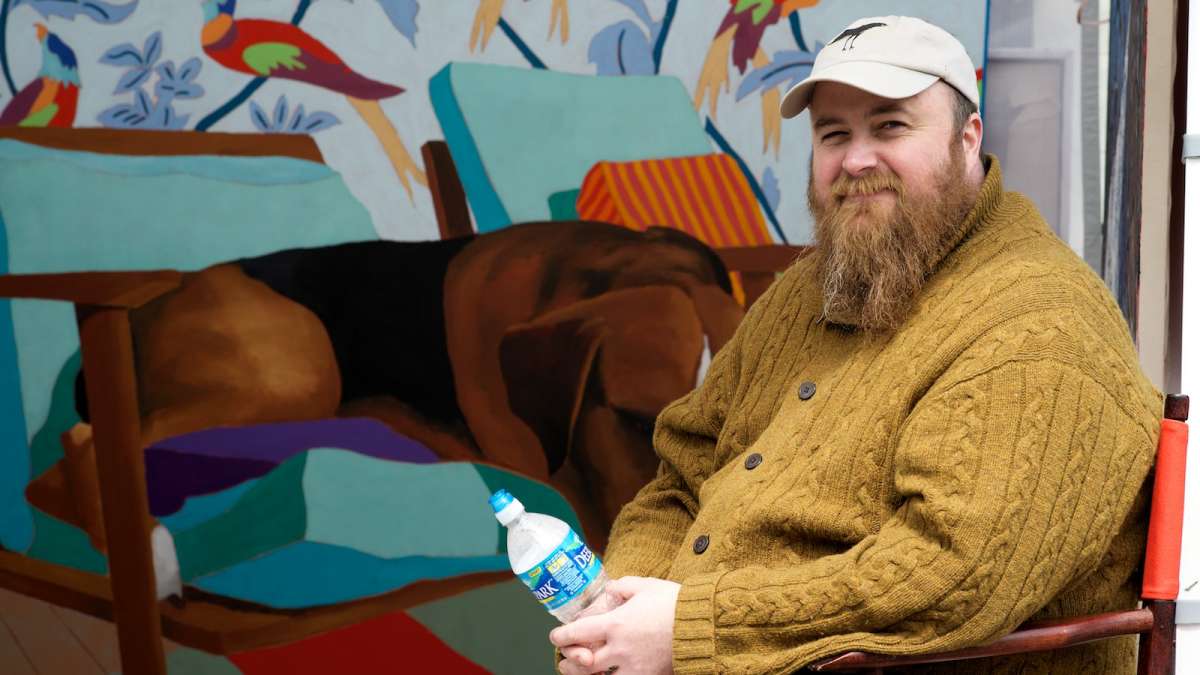
-
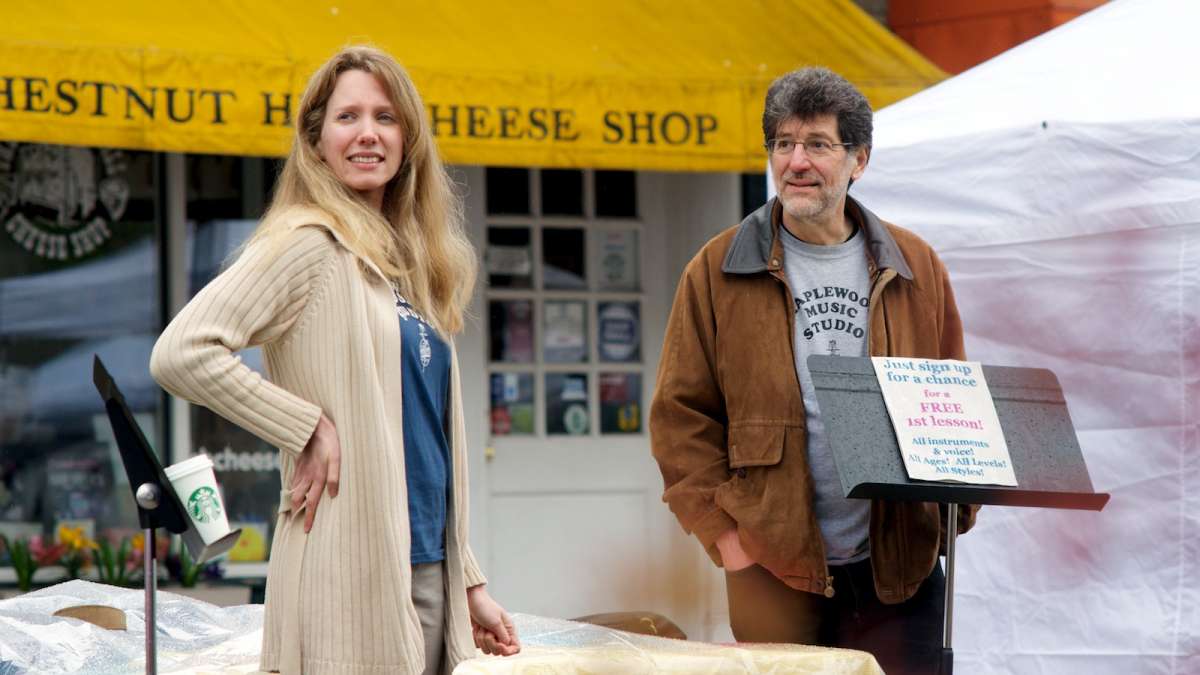
-

-
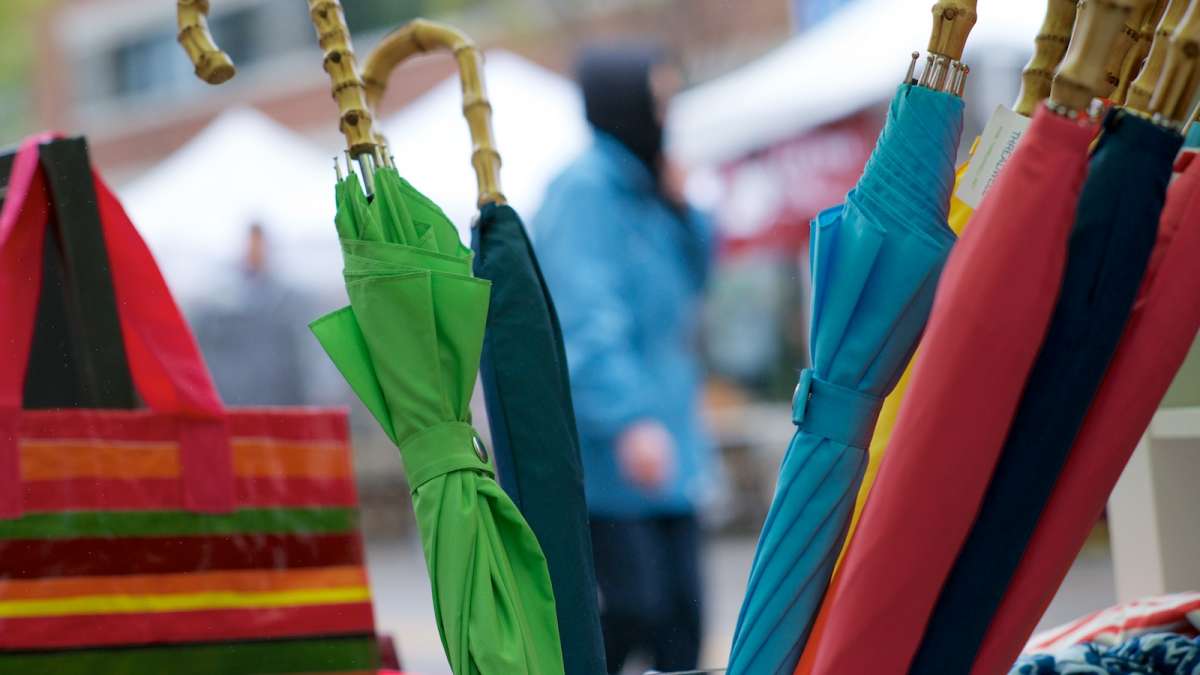
-
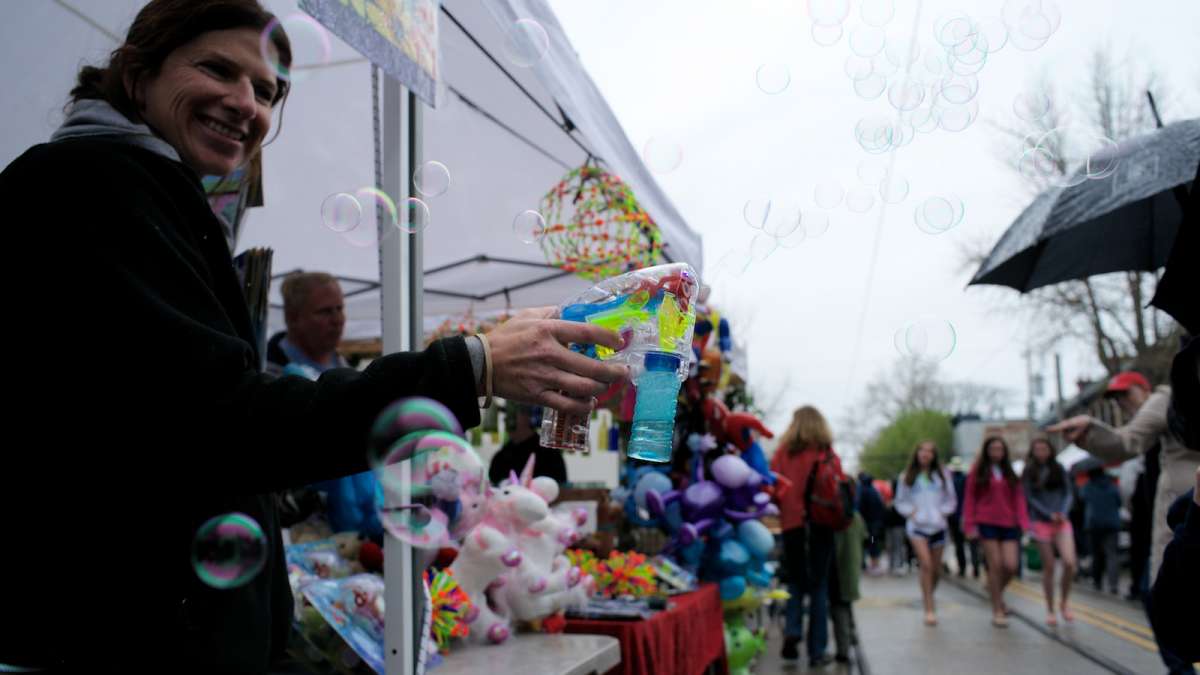
-

-

-
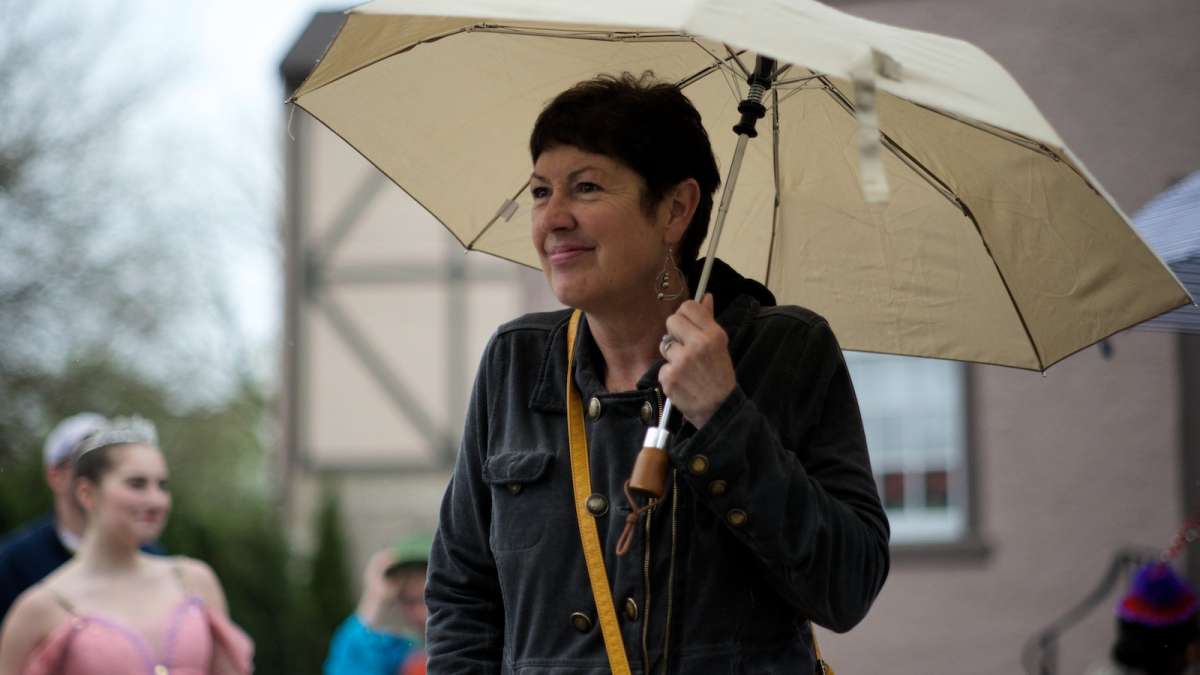
-

-

-

-

-

This will likely be an unpopular post, but I’m hoping it will help other families struggling with similarly painful decisions know that they’re not alone.
After a good deal of research, debate and one false start, our family adopted a puppy last spring. We read a ton about the “best breeds” for kids. Our youngest was six at the time, so most rescues would not even consider us. Plus, with no fenced-in yard, that was another rescue strike against us.
The early days
So we researched and tried to find a reputable breeder. We also were drawn in by the desire to have a family dog and the adorable puppy faces. We read a ton about training, behavior and raising a puppy. We were ready to take the plunge.
It went well. She was “oohed” and “ahhhhed” over, loved, walked, fed, crate trained and played with. We had a trainer come several times to tell us the thousands of things that she should be exposed to in order to prevent issues/fears/reactions later on. She was a sweet puppy, with normal levels of puppy mischief.
But by the end of the summer, she was a much bigger puppy, able to counter-surf and steal food. So we worked saying “leave it” and “off” and “drop” to what seemed like no avail. Of course, she was also entering adolescence.
We would sometimes make her “drop” the stolen item, or if we were worried about her choking, we would take it out of her mouth. This was not a very good strategy, because somewhere along the way, she became defensive and started guarding any contraband food she’d acquired. We got those sideways looks from her, but never a growl or snap.
Until one day, my 10 year old was petting her after she’d stolen some butter from the counter and the dog bit her hand. She drew blood. Though it wasn’t a “bad” bite. We were shocked.
A second trainer
So we called in another trainer, who recommended that we restrict her access to food (since training her to stay away from it wasn’t working). She had us gate-off a large area that was for the dog and we stopped correcting in any way if she stole food. We also worked on her seeing our approach as a wonderful thing — if she had a treat, we would walk by and drop an even higher value treat nearby.
This worked for awhile, until one day, the dog growled snapped at a six-year-old friend because she’d unknowingly touched her while she had a treat. And then a few months later came a nasty growl and lunge at my seven year old son.
A third trainer
So we called in the supreme uber-trainer. Whereas the other trainers were very much about relationship-based training, he taught us to give her a command, wait four seconds, and then make her comply if she hadn’t already. Though the other trainers had debunked the “pack theory,” he believed we had to assert ourselves and our children as “above her” in the pack.
But five days after we spent over four hours as a family with that trainer, she bit my daughter when she went to grab her leash. The bite was unprovoked and not even food related.
The truth is, I’d given the dog way too many chances. Way more than I thought I would. But she was one of us, and I knew how heartbroken my kids would be to lose her, so I felt like we should keep trying. Yet, I was always worried about what could happen next.
This was not very helpful for my own relationship with the dog. She became increasingly neurotic, gated away from us for much of the day. We tried to expand her territory in the house, but she had to be watched if there were kids around, so it was a tricky balance.
A tough decision
After that fourth aggressive incident and the second bite, we made the decision to re-home her. I know that re-home is a dirty word in the world of pet-lovers, but it ended up being a good decision for everyone involved.
After many tears and the realization that the dog really was going to a new home, we networked and brainstormed about people we knew who might want her. We knew they had to be people who knew dogs well and had no kids themselves, or even as likely visitors.
After coming up empty initially, my husband remembered a woman he’d met at our local “dog park.” She had fallen in love with the dog and was hoping to get that same breed. Once he contacted her, she and her partner were very interested in the possibility.
So we arranged a meeting. I asked our children to construct a list of interview questions. Both because I wanted us to screen the new potential parents, but also because I wanted our children to feel like they were part of the solution.
So we had an hour-long interview, with all four kids asking questions. The couple passed with flying colors. They clearly enjoy and know dogs and very much understood our rules about not wanting her to be around children until she’s older and broken of her treat-kids-as-littermates habit.
Two days later, our dog was off to her new home. The kids handled the goodbye well. They were happy she was going to such a nice couple, and they seemed to understand that in a house with four kids and many friends of all ages in and out, this just wasn’t the place for her.
I have to say, it’s a perfect fit. We were trying to treat her like a dog, while they treat her like a baby. Or a queen. She sleeps in their bed, has her own sofa, and even FaceTimes her puppy friends. We get pictures and text updates and plan to have a visit with her soon. She is very happy in her new digs.
So, while not the lesson we’d hoped it would be — one about how to be responsible and raise a happy pet —our children learned other lessons from the whole experience. That not everything will work out the way you’d hoped. That they can be sad and get through something that feels difficult. That you do the best you can to fix things. And that sometimes what you want isn’t what someone else needs.
WHYY is your source for fact-based, in-depth journalism and information. As a nonprofit organization, we rely on financial support from readers like you. Please give today.

